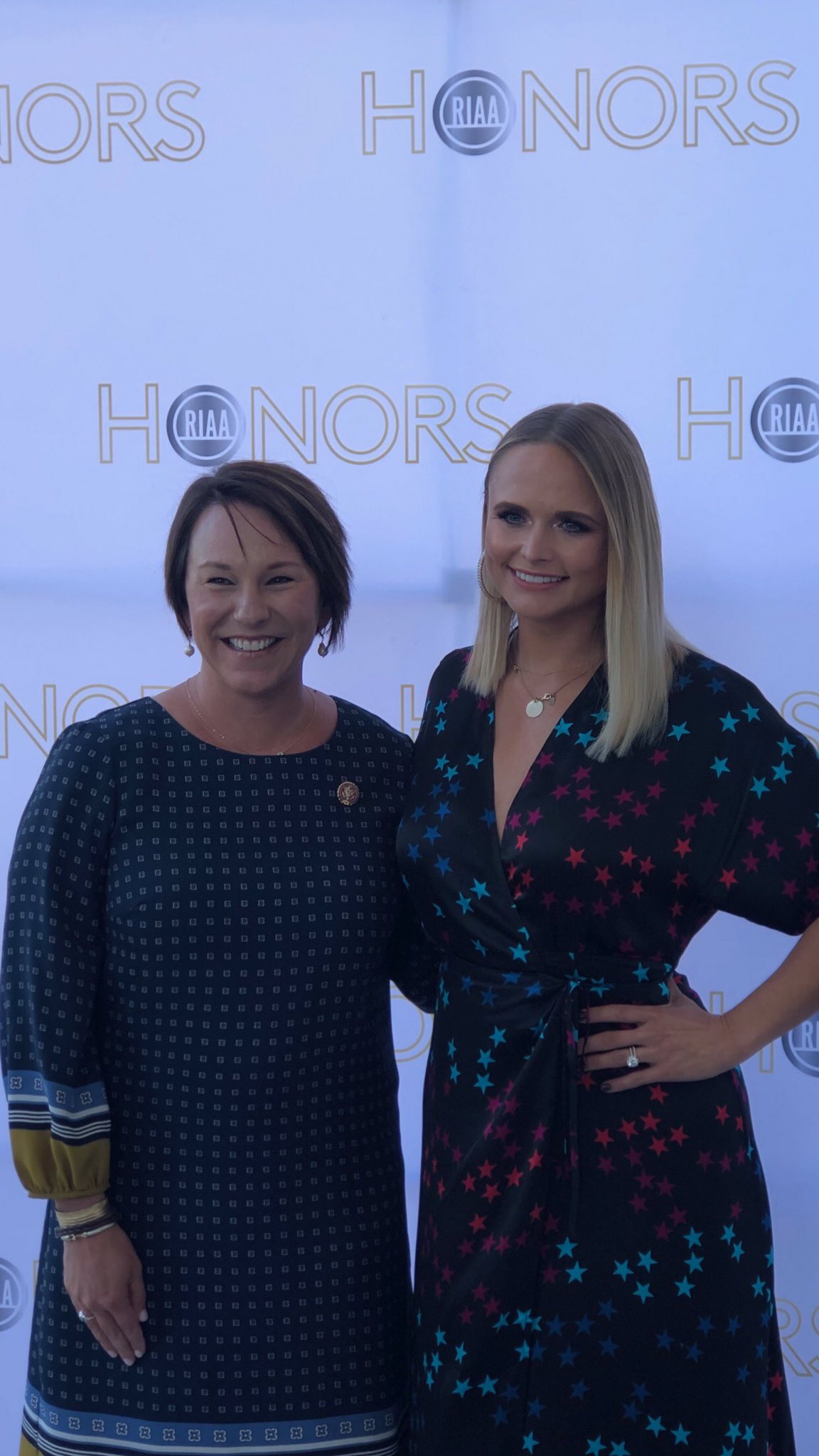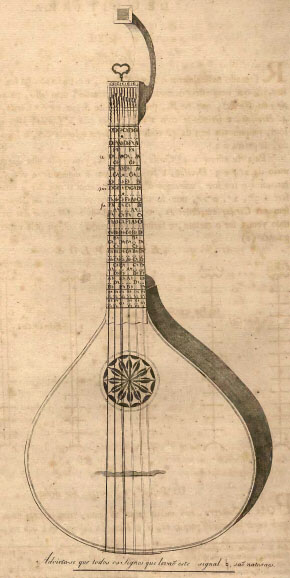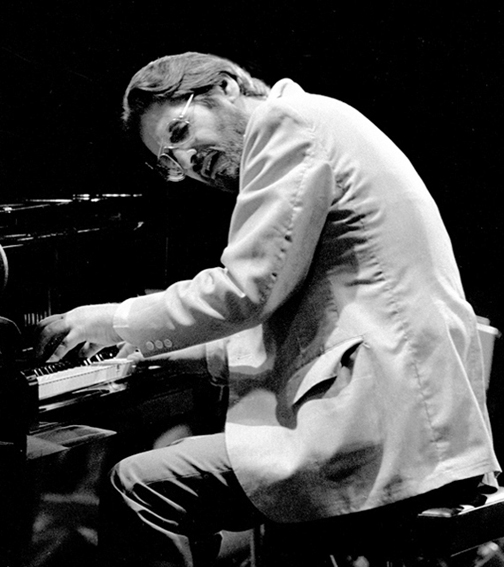|
The Yes Album
''The Yes Album'' is the third studio album by English progressive rock band Yes, released on 19 February 1971 by Atlantic Records. It was the band's first album to feature guitarist Steve Howe, who replaced Peter Banks in 1970, as well as their last to feature keyboardist Tony Kaye until 1983's '' 90125''. The band spent mid-1970 writing and rehearsing new material at a farmhouse at Romansleigh, Devon, and the new songs were recorded at Advision Studios in London in the autumn. The album was the first by the band to feature all-original material. While the album retained close harmony singing, Kaye's Hammond organ, and Chris Squire's melodic bass, as heard on earlier releases, the new material also covered further styles including jazz piano, funk, and acoustic music. All of the band members contributed ideas, and tracks were extended in length to allow music to develop. Howe contributed a variety of guitar styles, including a Portuguese guitar, and recorded the solo ... [...More Info...] [...Related Items...] OR: [Wikipedia] [Google] [Baidu] |
Yes (Yes Album)
''Yes'' is the debut studio album by English rock band Yes, released on 25 July 1969 by Atlantic Records. After forming in the summer of 1968, the band toured extensively across the United Kingdom with sets comprising both original material and rearranged cover versions. They signed with Atlantic in March 1969, and entered Advision and Trident Studios in London to record their first album. ''Yes'' includes covers of " Every Little Thing" by the Beatles and "I See You" by the Byrds. ''Yes'' was positively received by critics in the United Kingdom and United States, but was not commercially successful and failed to chart in either country. Two singles from the album were released: "Sweetness" and "Looking Around". The album was remastered in 1994 and 2003, the latter containing several previously unreleased tracks including a rendition of " Something's Coming" from '' West Side Story''. Background In August 1968, Yes formed with a line-up of singer Jon Anderson, bassist Ch ... [...More Info...] [...Related Items...] OR: [Wikipedia] [Google] [Baidu] |
Devon
Devon ( , historically known as Devonshire , ) is a ceremonial and non-metropolitan county in South West England. The most populous settlement in Devon is the city of Plymouth, followed by Devon's county town, the city of Exeter. Devon is a coastal county with cliffs and sandy beaches. Home to the largest open space in southern England, Dartmoor (), the county is predominately rural and has a relatively low population density for an English county. The county is bordered by Somerset to the north east, Dorset to the east, and Cornwall to the west. The county is split into the non-metropolitan districts of East Devon, Mid Devon, North Devon, South Hams, Teignbridge, Torridge, West Devon, Exeter, and the unitary authority areas of Plymouth, and Torbay. Combined as a ceremonial county, Devon's area is and its population is about 1.2 million. Devon derives its name from Dumnonia (the shift from ''m'' to ''v'' is a typical Celtic consonant shift). During ... [...More Info...] [...Related Items...] OR: [Wikipedia] [Google] [Baidu] |
Churchill, Devon
Churchill (colloquially known as Hollyhurst) is a hamlet in the north of Devon, England, and is located near the village of East Down, and the town of Barnstaple. In Media The author Nancy Phelan Nancy Phelan (2 August 1913 – 11 January 2008) was an Australian writer who published over 25 books, including novels, biographies, memoirs, travel books and a cookbook.Bennie (2008) p. 18 She travelled widely throughout Europe, the Pacif ... describes her time in the area in ''The Swift Foot in Time''.Melbourne, Quartet, 1983 Notes External links Hamlets in Devon North Devon {{Devon-geo-stub ... [...More Info...] [...Related Items...] OR: [Wikipedia] [Google] [Baidu] |
Jon Anderson
John Roy Anderson (born 25 October 1944) is an English singer, songwriter and musician, best known as the lead singer of the progressive rock band Yes, which he formed in 1968 with bassist Chris Squire. He was a member of the band across three tenures until 2008. Anderson was also a member of ARW along with former Yes bandmates Rick Wakeman and Trevor Rabin from 2016–2020. Together with bassist Lee Pomeroy and drummer Lou Molino III, they toured under the name Yes Featuring Jon Anderson, Trevor Rabin, Rick Wakeman. Anderson is also noted for his solo career and collaborations with other artists, including Vangelis as Jon and Vangelis, Roine Stolt as Anderson/Stolt, and Jean-Luc Ponty as AndersonPonty Band. He has also appeared on albums by King Crimson, Tangerine Dream, Iron Butterfly, Milton Nascimento, Battles, Mike Oldfield and Kitaro. Anderson released his first solo album, ''Olias of Sunhillow'', in 1976, while still a member of Yes, and subsequently rele ... [...More Info...] [...Related Items...] OR: [Wikipedia] [Google] [Baidu] |
Steven Wilson
Steven John Wilson (born 3 November 1967) is an English musician. He is the founder, guitarist, lead vocalist and songwriter of the rock band Porcupine Tree, as well as being a member of several other bands, including Blackfield, Storm Corrosion and No-Man. He is also a solo artist, having released 6 solo albums since his solo debut ''Insurgentes'' in 2008. In a career spanning more than 30 years, Wilson has made music prolifically and earned critical acclaim. His honours include six nominations for Grammy Awards: twice with Porcupine Tree, once with his collaborative band Storm Corrosion and three times as a solo artist. In 2017 ''The Daily Telegraph'' described him as "a resolutely independent artist" and "probably the most successful British artist you've never heard of". Wilson is a self-taught composer, producer, audio engineer, guitar and keyboard player, and plays other instruments as needed, including bass guitar, autoharp, hammered dulcimer and flute. His influ ... [...More Info...] [...Related Items...] OR: [Wikipedia] [Google] [Baidu] |
Blu-ray
The Blu-ray Disc (BD), often known simply as Blu-ray, is a digital optical disc data storage format. It was invented and developed in 2005 and released on June 20, 2006 worldwide. It is designed to supersede the DVD format, and capable of storing several hours of high-definition video (HDTV 720p and 1080p). The main application of Blu-ray is as a medium for video material such as feature films and for the physical distribution of video games for the PlayStation 3, PlayStation 4, PlayStation 5, Xbox One, and Xbox Series X. The name "Blu-ray" refers to the blue laser (which is actually a violet laser) used to read the disc, which allows information to be stored at a greater density than is possible with the longer-wavelength red laser used for DVDs. The polycarbonate disc is in diameter and thick, the same size as DVDs and CDs. Conventional or pre-BD-XL Blu-ray Discs contain 25 GB per layer, with dual-layer discs (50 GB) being the industry standard for fea ... [...More Info...] [...Related Items...] OR: [Wikipedia] [Google] [Baidu] |
Recording Industry Association Of America
The Recording Industry Association of America (RIAA) is a trade organization that represents the music recording industry in the United States. Its members consist of record labels and distributors that the RIAA says "create, manufacture, and/or distribute approximately 85% of all legally sold recorded music in the United States". RIAA is headquartered in Washington, D.C. RIAA was formed in 1952. Its original mission was to administer recording copyright fees and problems, work with trade unions, and do research relating to the record industry and government regulations. Early RIAA standards included the RIAA equalization curve, the format of the stereophonic record groove and the dimensions of 33 1/3, 45, and 78 rpm records. RIAA says its current mission includes: #to protect intellectual property rights and the First Amendment rights of artists #to perform research about the music industry #to monitor and review relevant laws, regulations, and policies Between 2001 an ... [...More Info...] [...Related Items...] OR: [Wikipedia] [Google] [Baidu] |
RIAA Certification
In the United States, the Recording Industry Association of America (RIAA) awards certification based on the number of albums and single (music), singles sold through retail and other ancillary markets.RIAA certification criteria Retrieved on September 11, 2006 Other countries have similar awards (see music recording certification). Certification is not automatic; for an award to be made, the record label must first request certification. The audit is conducted against net shipments after returns (most often an artist's royalty statement is used), which includes albums sold directly to retailers and one-stops, direct-to-consumer sales (music clubs and mail order) and other outlets. Description and qualifications [...More Info...] [...Related Items...] OR: [Wikipedia] [Google] [Baidu] |
Portuguese Guitar
The Portuguese guitar or Portuguese guitarra ( pt, guitarra portuguesa, ) is a plucked string instrument with twelve steel strings, strung in six courses of two strings. It is one of the few musical instruments that still uses watch-key or Preston tuners. It is iconically associated with the musical genre known as Fado, and is now an icon for anything Portuguese. History The Portuguese guitar now known has undergone considerable technical modification in the last century (dimensions, mechanical tuning system, etc.) although it has kept the same number of courses, the string tuning and the finger technique characteristic of this type of instrument. It is a descendant of the Medieval citole, based on evidence of its use in Portugal since the thirteenth century (then known as 'cítole' in Portuguese) amongst troubadour and minstrel circles and in the Renaissance period, although initially it was restricted to noblemen in court circles. Later it became popular and references have ... [...More Info...] [...Related Items...] OR: [Wikipedia] [Google] [Baidu] |
Acoustic Music
Acoustic music is music that solely or primarily uses instruments that produce sound through acoustic means, as opposed to electric or electronic means. While all music was once acoustic, the retronym "acoustic music" appeared after the advent of electric instruments, such as the electric guitar, electric violin, electric organ and synthesizer. Acoustic string instrumentations had long been a subset of popular music, particularly in folk. It stood in contrast to various other types of music in various eras, including big band music in the pre-rock era, and electric music in the rock era. Music reviewer Craig Conley suggests, "When music is labeled acoustic, unplugged, or unwired, the assumption seems to be that other types of music are ''cluttered'' by technology and overproduction and therefore aren't as ''pure''." Types of acoustic instruments Acoustic instruments can be split into six groups: string instruments, wind instruments, percussion, other instruments, en ... [...More Info...] [...Related Items...] OR: [Wikipedia] [Google] [Baidu] |
Funk
Funk is a music genre that originated in African Americans, African American communities in the mid-1960s when musicians created a rhythmic, danceable new form of music through a mixture of various music genres that were popular among African Americans in the mid-20th century. It de-emphasizes melody and chord progressions and focuses on a strong rhythmic groove (music), groove of a bassline played by an electric bassist and a drum part played by a drum kit, percussionist, often at slower tempos than other popular music. Funk typically consists of a complex percussive groove with Rhythm section, rhythm instruments playing interlocking grooves that create a "hypnotic" and "danceable" feel. Funk uses the same richly colored extended chords found in bebop jazz, such as minor chords with added sevenths and elevenths, or dominant seventh chords with altered ninths and thirteenths. Funk originated in the mid-1960s, with James Brown's development of a signature groove that emphasized t ... [...More Info...] [...Related Items...] OR: [Wikipedia] [Google] [Baidu] |
Jazz Piano
Jazz piano is a collective term for the techniques pianists use when playing jazz. The piano has been an integral part of the jazz idiom since its inception, in both solo and ensemble settings. Its role is multifaceted due largely to the instrument's combined melodic and harmonic capabilities. For this reason it is an important tool of jazz musicians and composers for teaching and learning jazz theory and set arrangement, regardless of their main instrument. By extension the phrase 'jazz piano' can refer to similar techniques on any keyboard instrument. Along with the guitar, vibraphone, and other keyboard instruments, the piano is one of the instruments in a jazz combo that can play both single notes and chords rather than only single notes as does the saxophone or trumpet. Beginning A new style known as “stride” or “Harlem stride” emerged during the 1920s, predominantly in New York. James P. Johnson was a prominent adherent. The left hand was used to establish rh ... [...More Info...] [...Related Items...] OR: [Wikipedia] [Google] [Baidu] |






